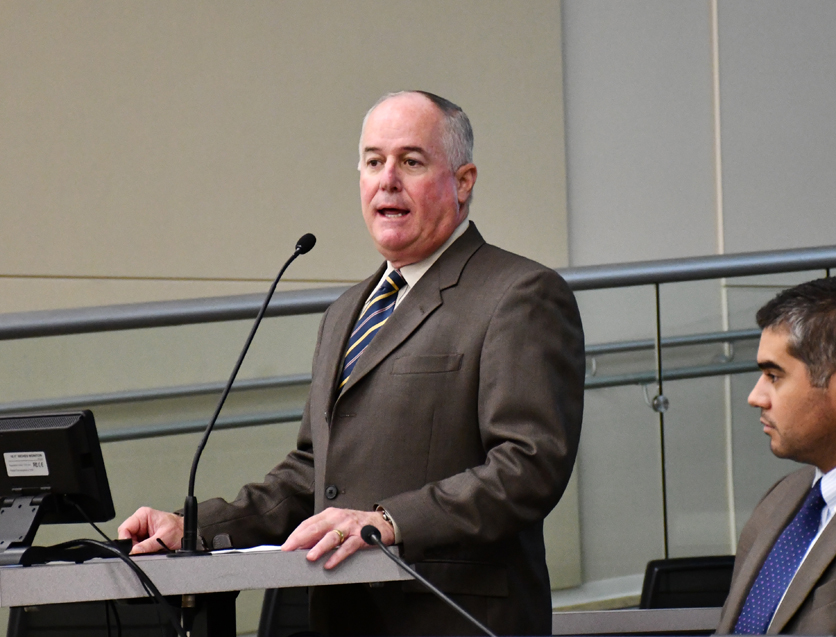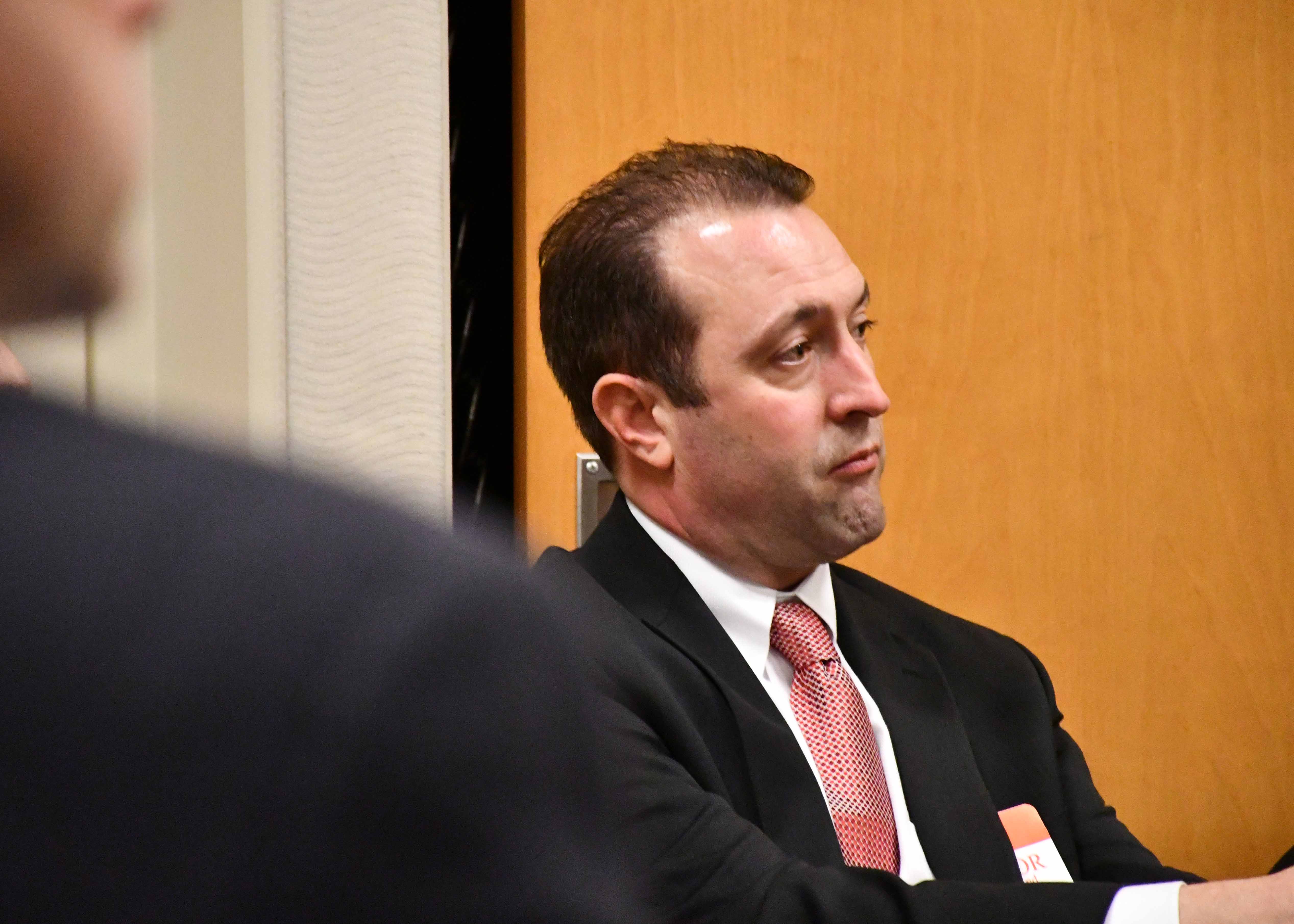The Department of Pesticide Regulation (DPR) has released new details on how it plans to reduce 1,3-D (Telone) emissions under a set of pilot programs launching this summer. The draft mitigation plan focuses on three agricultural regions of the Central Valley and aims to reduce emissions by 60% within one year. While tarping after applications is the most promising practice for reducing emissions, DPR lists 12 options applicators can adopt.
In tandem with the pilot program, DPR is working with the Fresno County agricultural commissioner to customize a notification system for alerting residents of pesticide applications near the city of Shafter.
DPR Director Val Dolcini submitted the proposal last week to the California Air Resources Board (CARB) ahead of its meeting to adopt an ambitious new emissions reduction plan for Shafter. The CARB plan was the first of many such projects established under Assembly Bill 617 in 2017 and funded through cap-and-trade revenues.
The Shafter plan calls for spending more than $38 million in incentives grants on clean cars, trucks, school buses, tractors, irrigation pumps and other sources of carbon emissions. Gov. Gavin Newsom, however, dropped spending from $50 million to $25 million in his current budget proposal. AB 617 does not include funding for DPR. But the Shafter steering committee, comprised of residents and environmental justice advocates, pushed the local air district to include strict new regulations on 1,3-D. While the plan does not obligate DPR to actions, Dolcini said at the Feb. 13 meeting he has been “personally involved” in an informal partnership with CARB on new mitigation measures.
“Pesticide exposure is a significant concern, not only for the city of Shafter but for all Californians,” he said at the meeting.
According to Dolcini’s proposal, obtained by Agri-Pulse, the mitigation measures mirror options presented at a DPR workshop on 1,3-D in October 2019. Along with tarping, the proposal recommends expanding buffer zones to as much as a half mile, requiring a minimum of 70% soil moisture when applying and irrigating immediately after to create a “water seal” and applying deeper injections, or using a combination of those practices. The pilot program will apply to Shafter, as well as to the towns of Parlier in the Fresno area and Delhi near Modesto.

DPR Dir. Val Dolcini
Dolcini did acknowledge that farmers have significantly reduced pesticide use in the state over the decades and would rather not rely on expensive chemical inputs if they could avoid them.
The meeting ran to 10 p.m. and raised concerns from a number of farmers, pest control advisors and trade groups, as environmental justice advocates and residents called for even tighter restrictions on pesticide use and dust emissions. Samir Sheihk, who directs the San Joaquin Valley Air Pollution Control District, said the project has come a long way but acknowledged the first meetings of the steering committee last year were “messy and controversial.”
DPR’s proposal for a notification system, however, was not without controversy.
“This is far and away the toughest element of our engagement with this community, and candidly we’ve got a lot of work to do here,” said Dolcini.
Kern County Farm Bureau’s Jesse Rojas encouraged Dolcini not to implement the new notifications at all. Instead, Rojas said DPR should apply those funds towards educating local residents about the existing notification system for schools, as well as the many rules and training requirements already in place for applicators.
“We strongly believe the notification pilot is not necessary and will not help with the reduction of emissions, which was the original intent of AB 617,” he said.

Matthew Allen of Western Growers
Rojas added that the Farm Bureau is already planning a Spray Safe event specifically to address the concerns of Shafter residents and provide this needed education.
Taylor Roschen, a regulatory affairs director for the California Farm Bureau Federation, said the pilot, the notification system and other DPR actions on 1,3-D send a false signal that the traditional regulatory process does not work and the rules are ineffective, adding that farmers should be at the table on this.
“We need to have earnest engagement of the farming community,” she said. “Not one or two meetings to see if something that works on a pilot setting is scalable to our 400 different commodities in California.”
Matthew Allen, who directs legislative affairs for the Western Growers Association, echoed that comment, adding that growers have been carefully following the DPR label on 1,3-D and guidance from the county ag commissioners.
Fresno PCA Jeff Rasmussen said the state’s actions undermine his own consistent and meaningful discussions with the local community, in which he engages everyone “to get to know their neighbors.”
“The people farming and the residents should have those discussions and come up with those local solutions,” he said.
Rasmussen also called DPR and the UC IPM Program “the true heroes” in having reduced pesticide use over the years and changing the farming culture. But he cautioned these tools are still needed for both conventional and organic farming.
Allen Butterfield, a farmer, PCA and crop advisor, worried about a larger trend of taking more agricultural tools away.
“If you can imagine trying to build your house without hammers or nails, it's the same exact situation for the farmers,” he said.
Butterfield added that deeper injections for 1,3-D would not get rid of the devastating nematodes that live six inches deep.
Another PCA, Robert Dow, referred his comments to a spike in 1,3-D emissions in 2018, which DPR said had exceeded its threshold by just 1 part per billion and triggered more regulations.
“One accident doesn't necessitate having more restrictions added onto farmers, when they're already dealing with a mountain of them,” said Dow. “The steering committee should focus on other areas that contribute to bad air pollution and leave farmers alone.”
It was a sentiment echoed by other PCAs.
With incentives funding for upgrading ag equipment, local farmer Michell McManus shared her discouragement over time lags. It takes as much as six months for the district to review an application and 18 months for a farmer to actually receive a check.
On a similar note, Manuel Cunya of the Nisei Farmers League pointed out that the almond industry is already investing in low-dust harvesters and developing off-ground harvesting technology. Cunya said he met with NRCS State Conservationist Carlos Suarez the previous week to discuss adding up to $3 million to fund this equipment specifically for the Shafter area. He also noted that county ag commissioners from across the valley are meeting in March to educate first responders on how to deal with drift issues. A drift incident last summer raised alarms when hazmat teams responded as if it were a toxic waste spill.
Almond farmer Kent Stenderup highlighted a new initiative by the Almond Board of California that aims to reduce harvest dust by 50% within the next five years.
Following the lengthy testimonies, Dolcini said the comments were instructive and will factor into DPR’s next steps going forward, but he defended the plan.
“It's not an over-response but an appropriate way to address the public health concerns that many communities have, without crippling our all-important ag community,” he said.
Board member Judy Mitchell recommended DPR include the ag commissioners, Farm Bureau and PCAs in that conversation going forward.
Before approving the emissions reduction plan, CARB penciled in a requirement that it revisit the plan every six months to revise as needed.
For more news, go to: www.Agri-Pulse.com


